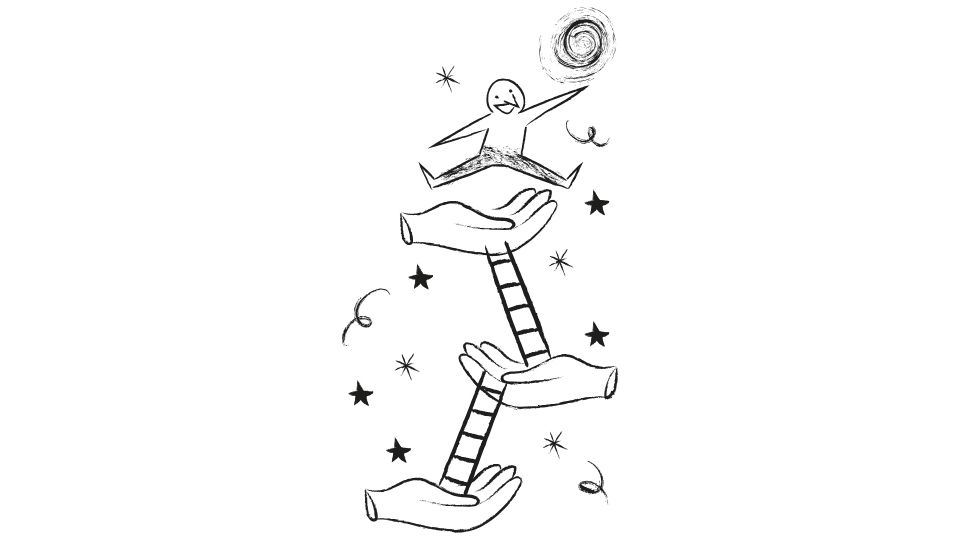How to Ask for a Wellness Day Off Without Sounding Lazy

Ever felt like you’re one step away from a complete meltdown at work? You know, that feeling where your brain is sending “ABORT MISSION” signals while you’re smiling through your third meeting of the day?
Yeah, that’s when you need a wellness day.
But asking for time off to preserve your mental health isn’t always as straightforward as calling in with the flu. Let’s talk about how to actually request a wellness day without it becoming more stressful than the burnout you’re trying to avoid.
How to Ask for a Wellness Day Off (Without Having a Panic Attack About It)
What Even Is a Wellness Day?

Think of a wellness day as a mental health sick day. It’s time specifically dedicated to taking care of your psychological and emotional wellbeing.
Signs you might need one include:
- Feeling constantly overwhelmed
- Brain fog that won’t lift
- Physical symptoms like tension headaches
- Snapping at your coworker because they breathed too loudly
- Staring at your computer screen but accomplishing absolutely nothing
Ignoring these warning signs is like continuing to drive your car when the check engine light comes on. Sure, you might make it a few more miles, but eventually, you’re looking at a much bigger problem (and repair bill).
The good news? More employers are starting to recognize that mental health is just… health. Some even have specific policies for wellness days, just like sick leave.
But not all workplaces are created equal, which brings us to…
Read the Room: Know Your Workplace Culture
Before you send that “I need a day off” email, take a minute to assess your company’s vibes around mental health:
Supportive workplace signs:
- Mental health benefits are highlighted in your benefits package
- Leaders openly discuss their own mental health challenges
- The company has specific policies for wellness days
- People actually use their PTO without guilt trips
Less supportive signs:
- “Hustle culture” is celebrated above all else
- Taking time off is seen as “weak” or “not being a team player”
- Mental health discussions are met with awkward silence
- Your boss humble-brags about never taking vacation
Your assessment helps determine how transparent you can be. According to the American Psychiatric Association, workplace stigma around mental health remains a significant barrier, with many employees fearing negative consequences for disclosing mental health challenges.
Preparing Your Wellness Day Request

Like prepping for a big presentation, a little planning goes a long way when asking for time off.
Get clear on your why: Are you burned out? Anxious? Just need a reset? Understanding your own reasons helps you communicate effectively (even if you choose not to share the specifics).
Plan ahead when possible: Scheduling your wellness day in advance is ideal. This gives your team time to plan around your absence. Of course, sometimes mental health emergencies happen, and that’s okay too.
Know how you’ll use the day: This is for you, not your boss. But having a loose plan ensures you’ll actually use the time for restoration rather than doom-scrolling for 8 hours (been there).
The Actual Ask: How to Say It
If Your Workplace Seems Supportive:
You can be relatively straightforward:
“Hi Sarah, I’ve been feeling pretty burnt out lately and need to take a wellness day tomorrow to recharge. I’ll be back Thursday feeling more focused and productive.”
“I wanted to let you know I’ll be taking a sick day tomorrow to focus on my mental health. I’ll make sure my projects are covered.”
Research from Mind Share Partners shows that when leaders are open about mental health, it reduces stigma and creates a healthier workplace culture. Your honesty might help others feel comfortable doing the same.
If Your Workplace is Less Progressive:
Keep it simple and protect your privacy:
“I’m not feeling well and need to take a sick day tomorrow.”
“I need to use a personal day on Friday. I’ve already updated the team calendar.”
Remember: You don’t owe anyone the details of your health situation, mental or physical. “Not feeling well” is completely truthful when you’re mentally exhausted.
Communication Method Matters
Choose the right channel:
- Email works well for advance notice
- A phone call might be better for same-day requests
- Follow whatever protocol your company has established
Keep your message brief, clear, and appreciative:
“Hi Alex, I need to take tomorrow (Wednesday) as a sick day to address some health needs. I’ve already briefed Jamie on the client meeting, and I’ll be back Thursday. Thanks for understanding.”
Company Policies (or Lack Thereof)
More companies are developing formal policies for mental health days. According to the Society for Human Resource Management, there’s been a significant increase in employers offering mental health support since the pandemic.
If your company has a wellness day policy:
- Review it first
- Follow the established procedure
- Use the specific terminology they provide
If no policy exists:
- Use your sick time or PTO
- Frame it in whatever way feels comfortable
- Consider advocating for a formal policy (when you’re feeling better)
Making Your Wellness Day Actually Restorative

Taking the day off is step one. Using it effectively is the crucial part.
DO:
- Get outside (nature is ridiculously good for mental health)
- Move your body in enjoyable ways
- Rest without guilt
- Engage in activities that bring joy or peace
- Consider journaling about what led to your burnout
DON’T:
- Check work emails or Slack (seriously, don’t)
- Fill the day with chores and errands
- Schedule stressful appointments
- Substitute unhealthy coping mechanisms (alcohol, excessive social media)
The American Psychological Association reports that engaging in meaningful self-care activities can significantly reduce stress and improve overall wellbeing.
For the Bosses: Creating a Culture That Supports Wellness
If you’re in a leadership position, here’s how to support wellness days:
- Create and communicate clear policies
- Model healthy behavior by taking wellness days yourself
- Train managers to respond empathetically to requests
- Ensure confidentiality around mental health needs
- Track patterns that might indicate systemic workplace issues
Companies that prioritize mental wellbeing see lower turnover, higher productivity, and better recruitment outcomes. It’s not just nice—it’s good business.
The Bottom Line

Asking for a wellness day is an act of professional responsibility, not weakness. By recognizing when you need to step back and recharge, you’re ensuring your long-term productivity and commitment to your work.
The key steps are:
- Recognize when you need a break
- Understand your workplace culture
- Plan your request appropriately
- Communicate clearly and professionally
- Use your day for actual restoration
Remember that your work is what you do, not who you are. Taking care of your mental health isn’t just a personal priority—it’s essential for being effective in every area of your life, including your job.
So go ahead, ask for that wellness day. Your future self (and probably your coworkers too) will thank you.
